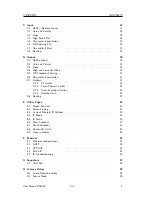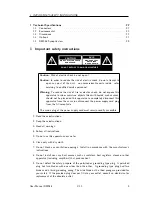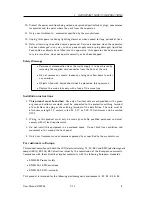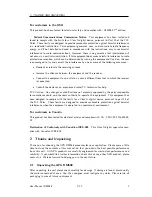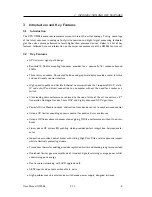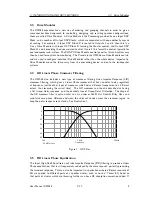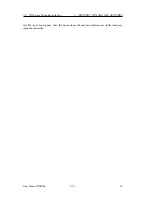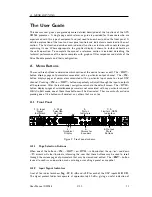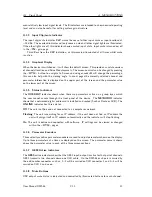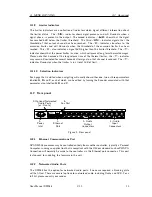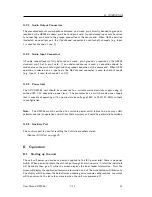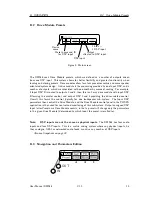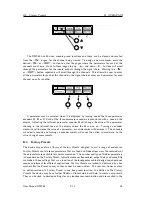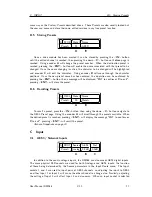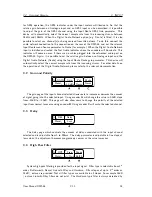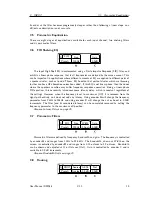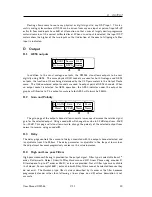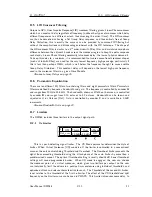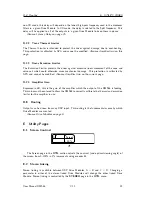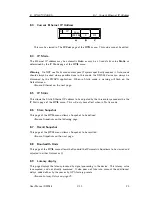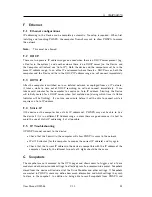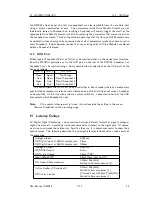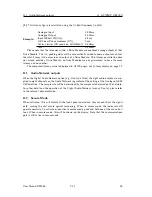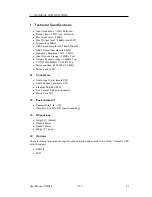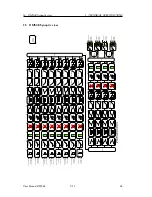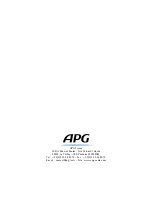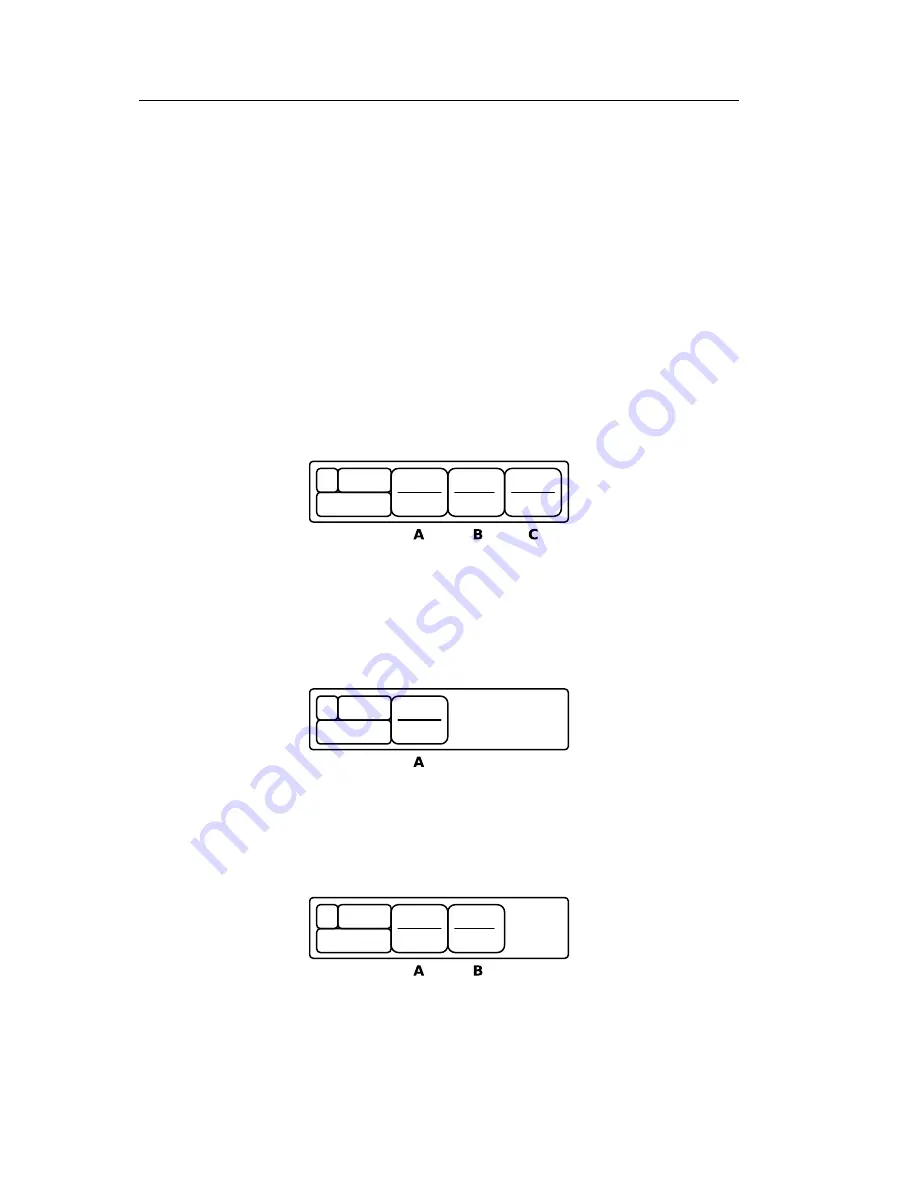
C.2
Gain and Polarity
C
INPUT
for AES3 operation, the AES3 indicator under the input meters will illuminate. So that the
relative gain between an Analogue input and an AES3 input can be normalised, it is possible
to adjust the gain of the AES3 channel using the Input Route AES3 Gain parameter. This
device will automatically select the correct sample rate from the incoming stream between
28kHz and 108kHz. When the Digital Audio Network option (e.g. Dante) is fitted, it is also
possible to select any channel(s) as being sourced from this network. To do this, connect the
audio network connection to the connection on the rear of the DMS48, and set the relevant
Input Route menu Source parameter to Dante (for example.) When the Digital Audio Network
input is installed and routed, the Net Audio indicator above the encoders will illuminate. This
indicator will come on even if there are no cables plugged into the networked audio port on
the DMS48. Again, it is possible to set the relative gain between an Analogue input and the
Digital Audio Network (Dante) using the Input Route Dante gain parameter. This device will
automatically select the correct sample rate from the incoming stream. For other details on
the operation of the Digital Audio Network, please refer to the relevant documentation.
C.2
Gain and Polarity
A
GAIN
Preset
1
Gain
0.0dB
Pol
Norm
Mute
Norm
The gain page of the input channel selected allows users to increase or decrease the amount
of signal going into the selected input. Using encoder
A
will change the value in 0.2dB steps
from -40dB to +20dB. This page will also allow users to change the polarity of the selected
input from normal to reverse, using encoder
B
. Using encoder
C
will mute the selected channel.
C.3
Delay
A
DEL
Preset
1
Delay
0ms
The delay page which controls the amount of delay associated with the input channel
selected and is adjustable from 0 to 998ms. The delay parameter is adjustable in fine steps at
low values; the adjustment becomes progressively coarser as the value increases.
C.4
High Pass Filter
A
HPF
Preset
1
Freq
<<
Out
Shape
But24
System high pass filtering is provided for the input signal. Filter type is selectable from 1
st
order, Butterworth, Bessel, Linkwitz-Riley and Hardman. Filter slopes of up to 4
th
order or
24dB / octave are provided. Not all filter types are available in all slopes. For example 18dB
/ octave Linkwitz-Riley filters do not exist. The Hardman type filter is always described by
User Manual DMS48
V1.1
18
Summary of Contents for DMS48
Page 1: ...User Manual Digital Processor DMS48...
Page 2: ......
Page 29: ......
Page 30: ......
Page 31: ......

